We’ve heard from many of you that our coverage of China feels refreshingly comprehensive. That’s because we don’t just focus on the usual suspects—Beijing, Shanghai, and other big cities—but also on the places where most people actually live. Only 6% of China’s population resides in first-tier cities, meaning the vast majority experience a very different lifestyle.
Why should China watchers pay attention to lower-tier cities? We've covered this topic extensively at Baiguan before:
Diminishing opportunities in metropolises: Over the past few decades since the economic reforms and opening up, individuals from rural areas and smaller cities have typically migrated to urban centers in search of livelihoods. However, as the real estate sector and traditional infrastructure investments like 'iron, steel, and infrastructure' have become saturated, and as new service industries have become overcrowded, job opportunities have diminished, a topic we've previously discussed in our previous articles (turbulent destiny of gig workers in platform economy, how vocational education fuels the transformation in China's secondary industry)
Reverse migration:
Quality of life seekers: There's a trend of individuals moving from urban areas to smaller cities for a better quality of life. We've covered stories of digital nomads in Dali, Anji, and Kunming, as well as young urban dwellers choosing suburban villas, a shift also supported by government initiatives aimed at environmental protection ("Two Mountain" theory mentioned by Xi Jinping in 2005).
Mid-tier cities as talent hubs: These cities are emerging as attractive destinations for talent within the same or nearby provinces, offering career development and business opportunities. According to our proprietary recruitment data, second-to-third-tier cities are poised to become the next population hubs, driven by a wealth of job and income opportunities, as well as more affordable housing options.
To truly understand China, it’s essential to look beyond the major cities and pay attention to the lower-tier ones that often fly under the radar. In today’s newsletter, we’re spotlighting another small but rapidly growing destination—Anji. This county has become a magnet for digital nomads and young Chinese looking for a different pace of life. You’ll get a fresh perspective on how a small county is shaping its economy in today’s China—offering a unique lens to understand the country’s broader economic shifts.
In October 2024, Robert from the Baiguan team embarked on a journey to Anji, a county in Zhejiang Province, which is just a 2-3 hour drive from Shanghai. He was struck with amazement upon witnessing the abundance of high-quality staycation facilities, such as bed and breakfasts, camping sites, and coffee shops, as well as the modern lifestyle that has taken root in this relatively small county. He was particularly intrigued by the fact that despite the burgeoning tourism and service sectors, their contribution to the county's fiscal revenue was surprisingly minimal.
In today's translated article, we aim to provide a deeper look at Anji's burgeoning coffee scene. It's an interesting fact that the number of cafés per capita in Anji has surpassed those in first-tier cities like Shanghai. We aim to delve into a number of questions, including how the influx of young people relocating to Anji gradually builds up the businesses, and how it interplays with the local community. This offers a window into the emerging lifestyle trends in China's less urbanized areas, shining a light on opportunities beyond the limelight of metropolitan centers.
Below is the original article translated into English.
In Anji, a small county of fewer than 600,000 people in Huzhou, Zhejiang Province, more than 300 rural cafés have popped up in recent years, surpassing first-tier cities like Shanghai in terms of cafés per capita. These rustic establishments, nestled among verdant hills and clear streams, have drawn urban youth eager to escape the city.
Abandoned mines, picturesque waterfalls, lush tea plantations, and golden rice fields—once quiet and overlooked—have been creatively transformed by young entrepreneurs into trendy, Instagram-worthy cafés. Through savvy online marketing and offline events, these cafés have become must-visit spots for influencers and tourists alike. On April 5, 2024, a local café called "Deep Blue Project" set a national record, serving 8,818 cups of coffee in a single day.
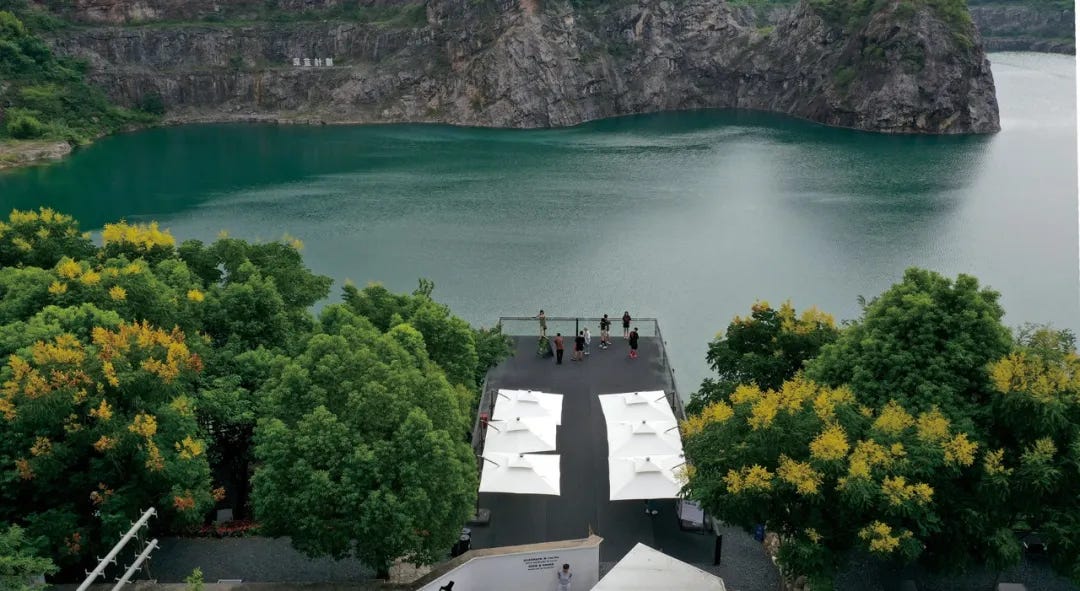

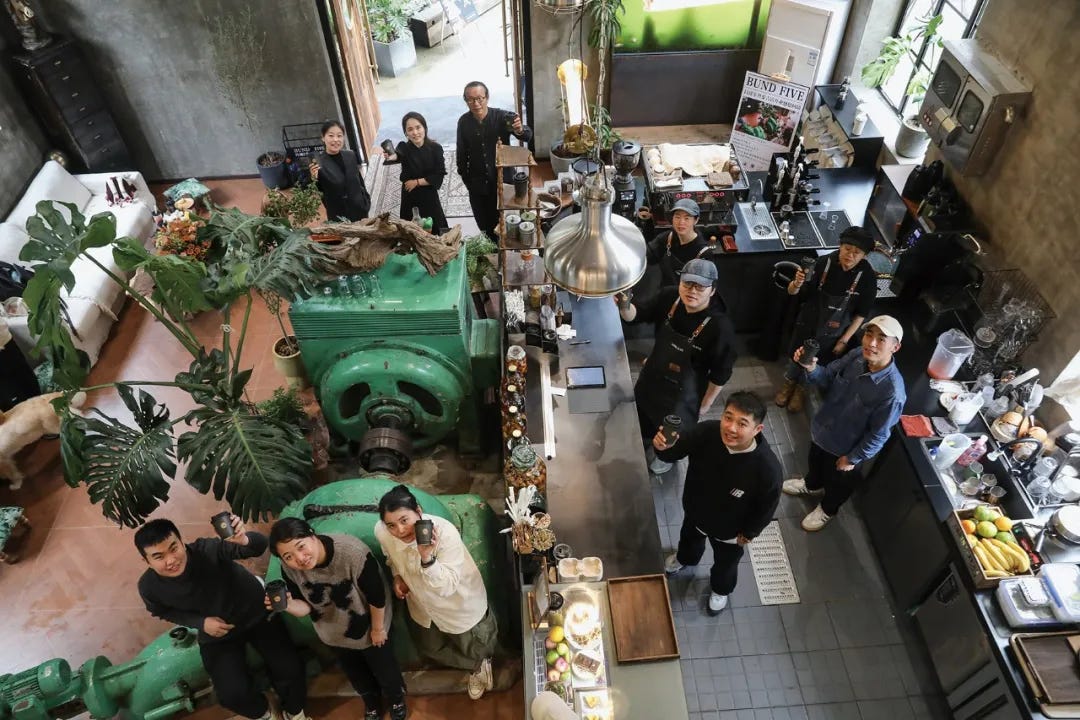
Some visitors draw a clear line between urban and rural coffee culture: city cafés provide caffeine fixes, while rural cafés offer relaxation. Although these village cafés might lack the uniform taste and polished branding of urban chains—and even come at higher prices—the scenic views, tranquil atmosphere, and social media appeal deliver emotional satisfaction unattainable in the city.
The "one village, one landscape, one café" business model, tapping directly into young tourists' desire for unique travel experiences and shareable moments, quickly spread throughout Anji’s countryside.
The influx of young entrepreneurs and tourists spurred local infrastructure upgrades. New roads, parking areas, public Wi-Fi, and restrooms were established, enhancing accessibility and visitor experience.
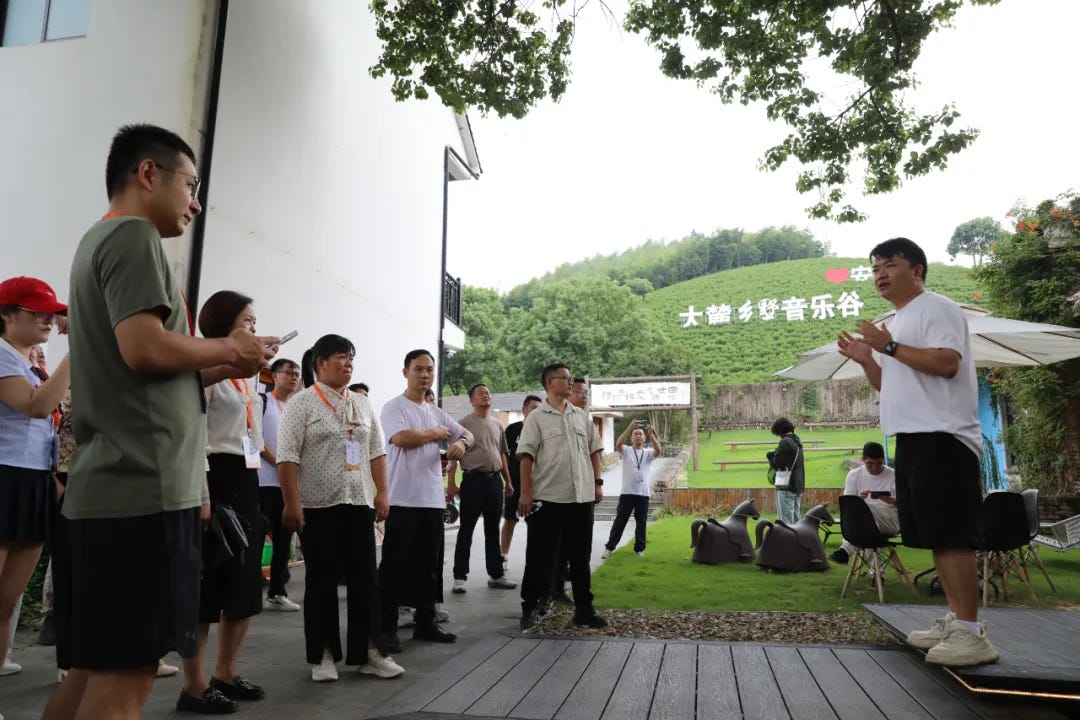

A cooperative model known as "Two Investments, Three Returns" became the template for village-café partnerships. Local villagers and communities invest capital and resources, while professional teams handle operations. In return, villagers benefit through rent, wages, and dividends, bolstering grassroots support.
The success of Anji’s village cafés attracted attention from neighboring provinces, prompting towns in Jiangsu, Zhejiang, and Anhui to invite café entrepreneurs, even offering turnkey arrangements requiring minimal upfront investment.
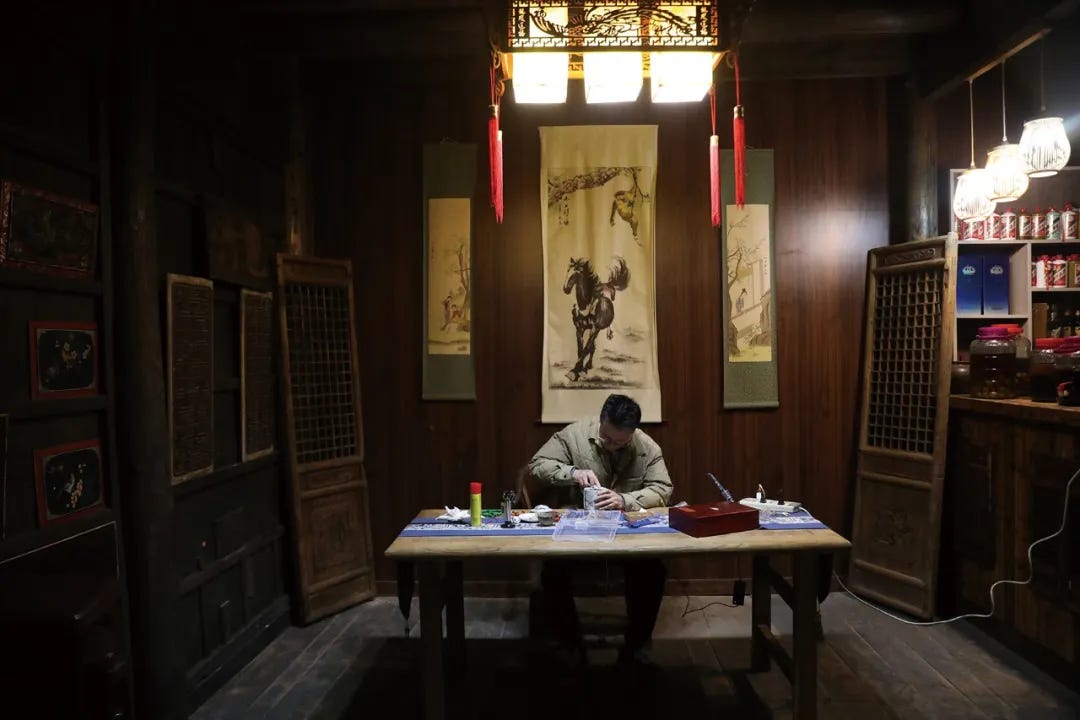
However, by 2024, increased competition and tourist fatigue with similar offerings began to cool enthusiasm. To sustain growth, many cafés have diversified beyond simple café models, integrating markets, camping, adventure sports, music festivals, and local cultural events to revitalize visitor interest.
Cheng Shuoqin, a café founder who grew up in Anji, started his entrepreneurial journey in 2022 with six friends. He remains optimistic, arguing it's premature to call the café market saturated. He believes the steady flow of highly educated young people returning to the countryside holds promise. Also, the best way to encourage rural revitalization is to attract more young people back to the countryside. Having over 300 village cafés is not an endpoint but a promising start, drawing young talent back to their rural roots to build a brighter future.








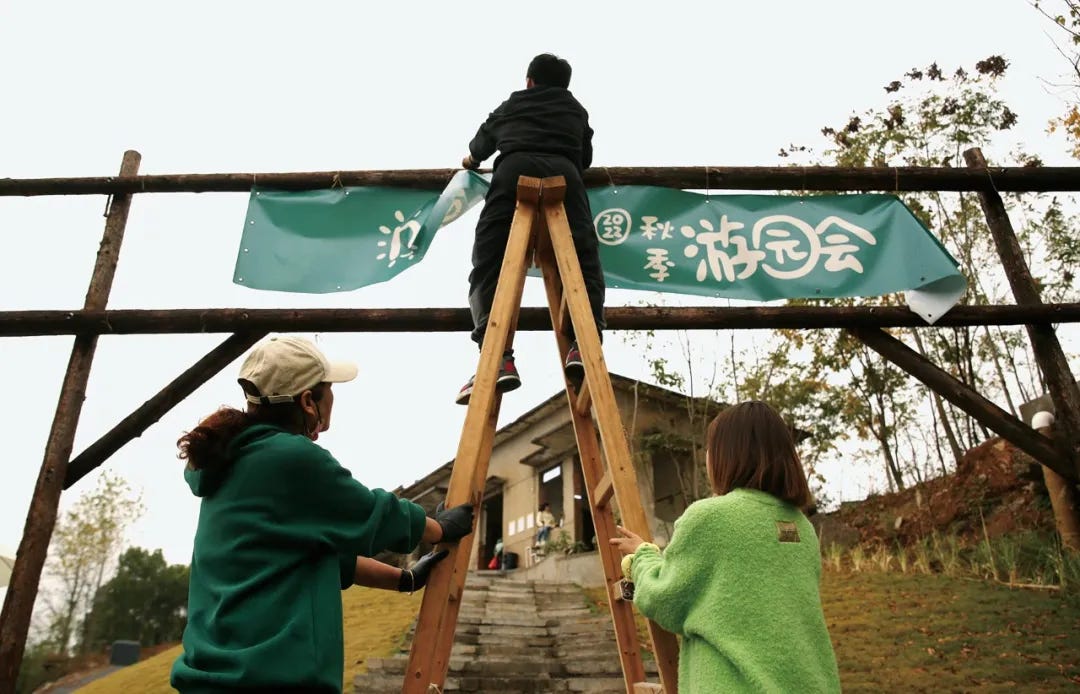


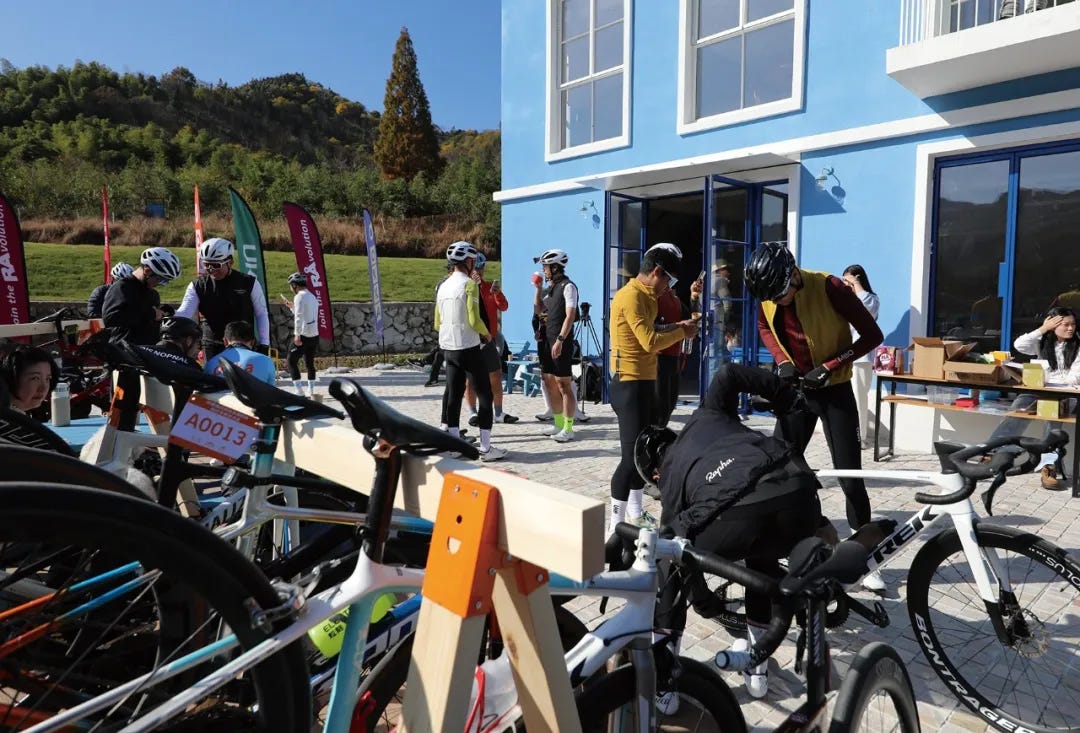




What will be very interesting to see is how these rural cities can attract or create an anchor tenant or business (i.e. a mini Disneyland) that becomes like the main anchor that generates consistent year-long consumer base, and the secondary and auxiliary businesses that can feed off of the anchor tenant. Really legit article!
What will be very interesting to see is how these rural cities can attract or create an anchor tenant or business (i.e. a mini Disneyland) that becomes like the main anchor that generates consistent year-long consumer base, and the secondary and auxiliary businesses that can feed off of the anchor tenant. Really legit article!